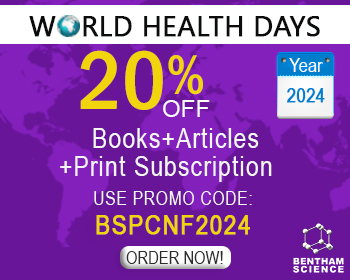Abstract
Adrenomedullin (ADM) is a potent vasodilator peptide that was originally isolated from human pheochromocytoma. Its vasodilatory effect is mediated by cyclic adenosine 3,5-monophosphate- and nitric oxidedependent mechanisms. Earlier studies have demonstrated that ADM is secreted from various tissues, including vessels, heart, and lungs. In addition, there are specific receptors for ADM in the lungs. Plasma ADM level is elevated in proportion to the severity of pulmonary hypertension, and circulating ADM is partially metabolized in the lungs. These findings suggest that ADM plays an important role in the regulation of pulmonary vascular tone. Administration of ADM by intravenous or intratracheal delivery significantly decreased pulmonary arterial pressure and pulmonary vascular resistance in patients with pulmonary arterial hypertension. Furthermore, we have recently developed a new therapeutic strategy using ADM gene-modified endothelial progenitor cells (EPC). Intravenously administered ADM gene-modified EPC were incorporated into lung tissues and attenuated monocrotaline-induced pulmonary hypertension in rats. In addition, ADM has angiogenic and anti-apoptotic activities via activation of Akt and/or mitogen-activated protein kinase. These findings suggest that ADM may act not only as a vasodilator but also as a vasoprotective factor. Thus, ADM may be a promising endogenous peptide for the treatment of pulmonary hypertension.
Keywords: Adrenomedullin, pulmonary hypertension, vasodilation, cyclic adenosine 3',5'-monophosphate, nitric oxide, endothelial progenitor cell, gene therapy, angiogenesis, anti-apoptosis, Akt

























